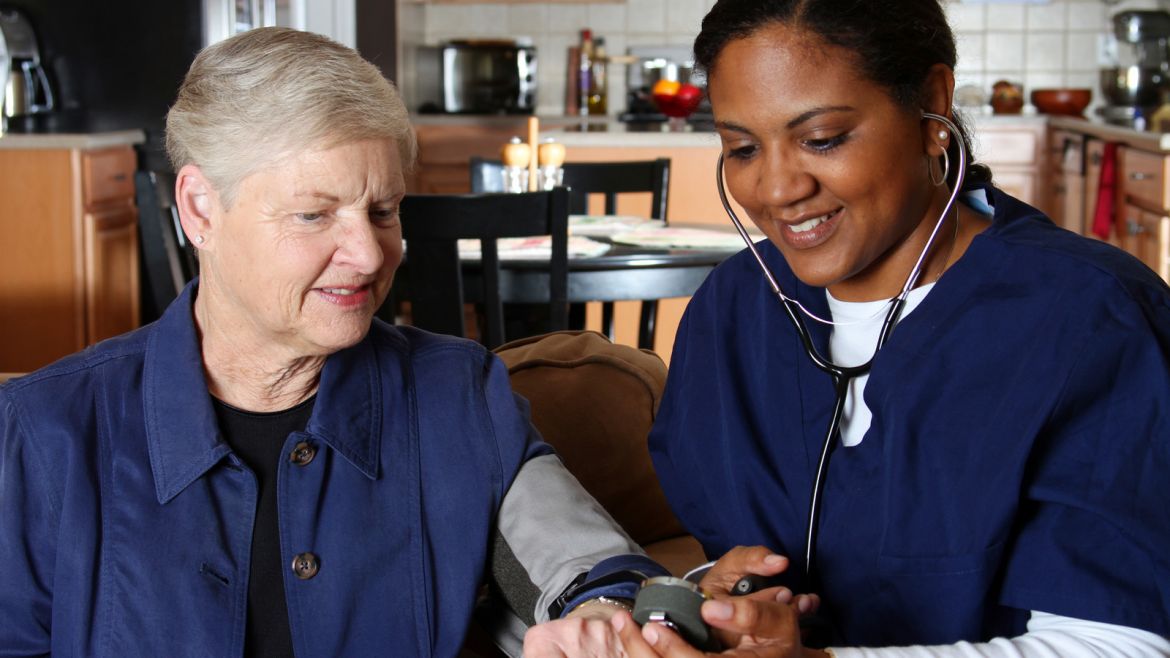When looking at assisted living communities for yourself or a loved one, you’ve probably come across the phrase “levels of care” when reviewing the types of services provided by different facilities.
But what, exactly does it mean?
Assisted living “levels of care” generally refers to how much assistance a person needs with activities of daily living (ADLs) as well as management of one’s health.
- ADLs include tasks like getting dressed, taking a bath or shower, eating and using the restroom.
- Medical needs may depend on whether the individual can take prescription medications or manage chronic conditions independently, or whether some assistance from a caregiver is needed.
OVERALL LEVEL OF CARE NEEDED
After reviewing individual ADLs and medical requirements, the resident’s overall level of care needs can be assessed.
- Level One — Low level of care. This resident is mostly independent, but may need reminders to perform ADLs. Some may require a low level of supervision or assistance to ensure that tasks are performed correctly and safely.
- Level Two — Intermediate or moderate level of care. The resident may be independent with some ADLs, such as feeding oneself, but need help with others, such as getting dressed.
- Level Three — High level of care. This individual has impairments that affect multiple ADLs and requires a comprehensive level of assistance from multiple caregivers.


